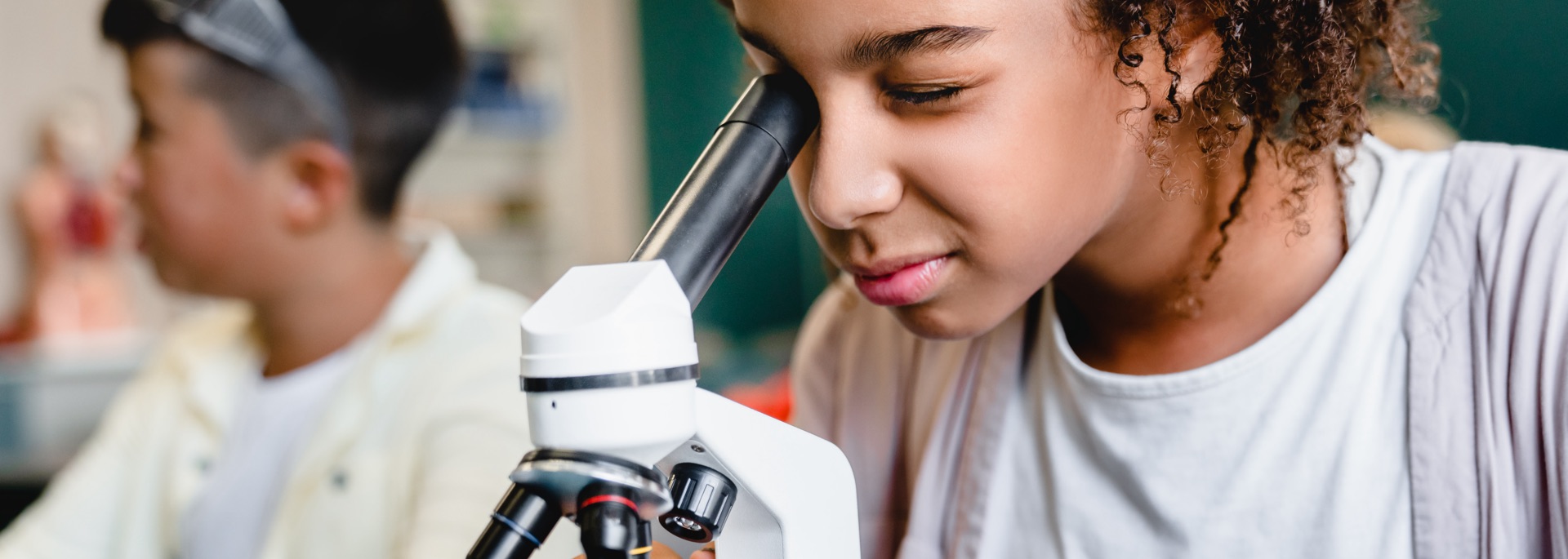
Grades:
10th Grade, 12th Grade
This lesson builds on the Part 1 of Urbanization Impacts in the HS Environmental Science classroom. In this lesson, students are utilizing their knowledge to create models of solutions to the

Grades:
10th Grade, 11th Grade, 12th Grade
This lesson includes a slide show and FITB notes page introducing Urbanization in a HS Environmental Science class. Benefits and drawbacks of urbanization are discussed, with a documentary about
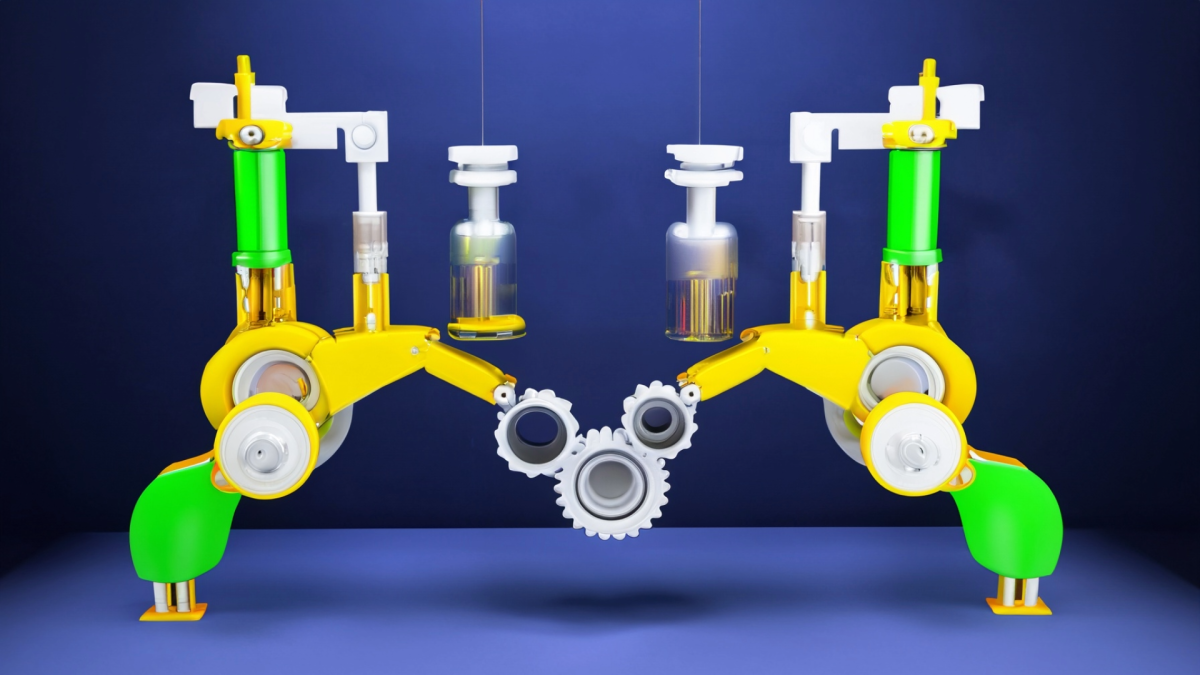
Grades:
6th Grade
My lesson plan is entitled: Popsicle Stick Catapult. This lesson focuses on making a catapult out from popsicle sticks. This can be done inside the classroom where the students will be having fun

Grades:
7th Grade
In this lesson, the students will use the Sphero bots and the data they collected in previous lessons to create block-code to navigate a course for the Sphero Bolt to travel. The block code used is
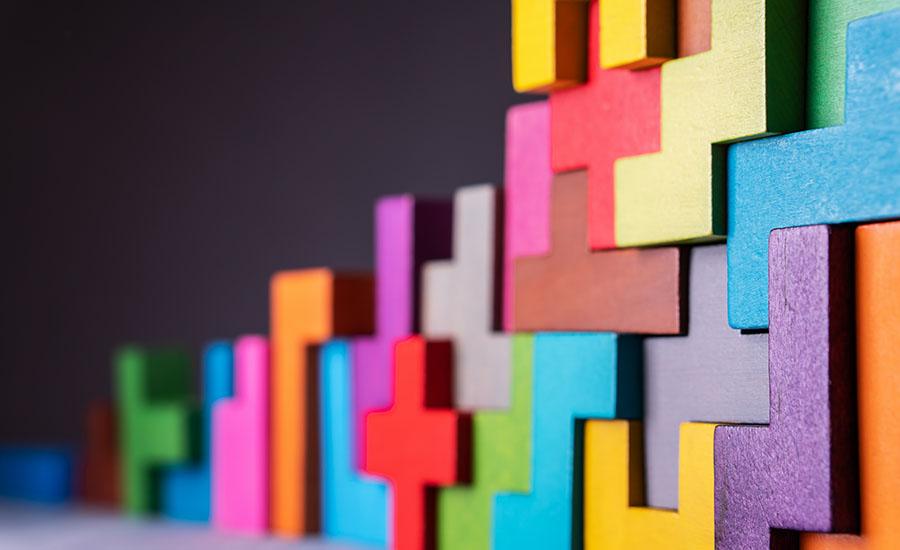
Grades:
Kindergarten
Students will explain how the apples are changing numbers through stem challenges and physical tests in this early childhood lesson.
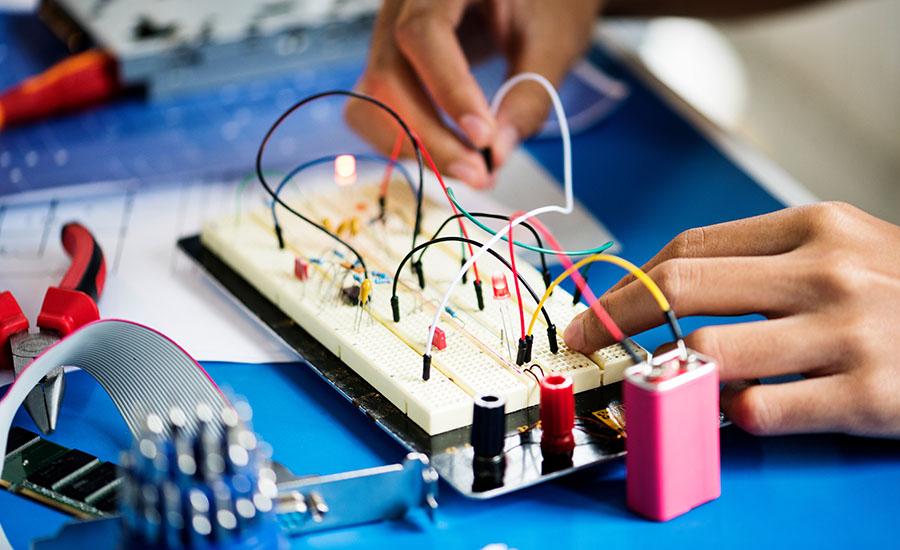
Grades:
4th Grade
Students learn how energy transfer and electrical circuits energy are similar and different.
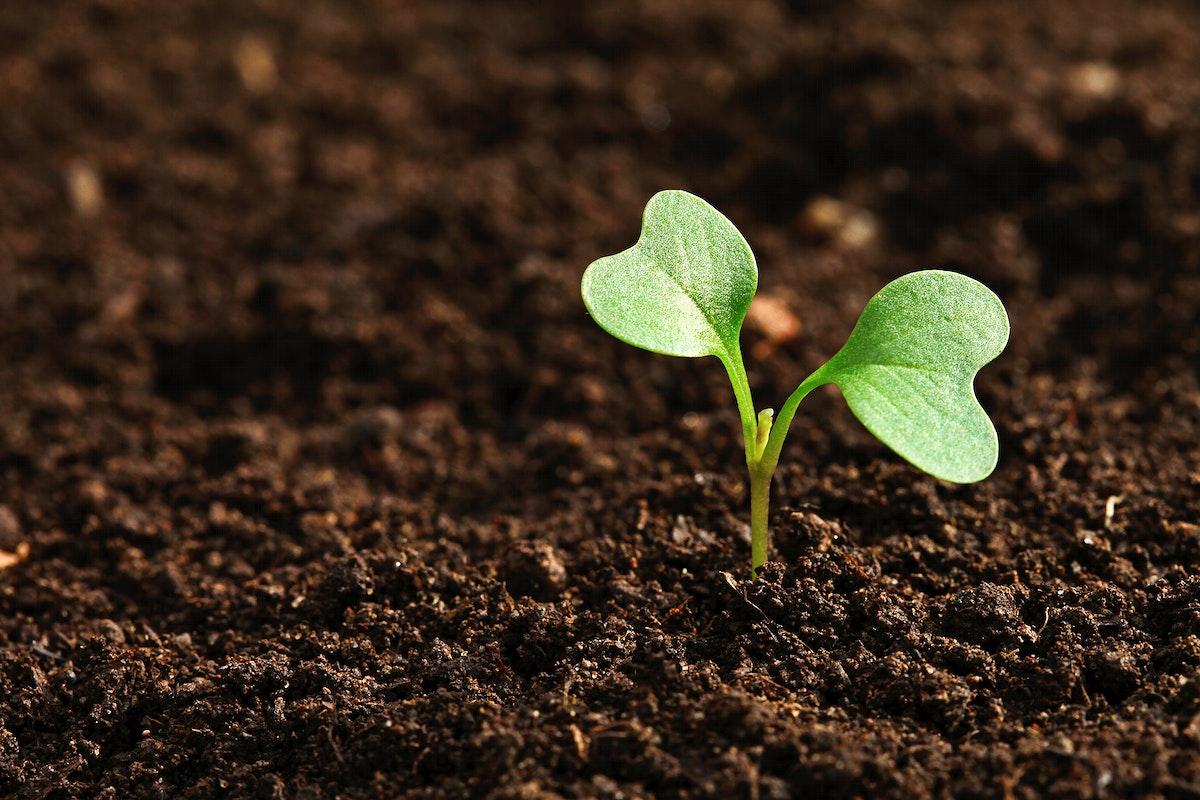
Grades:
8th Grade
Investigate how red wigglers rebuild soil by processing food scraps and depositing their casts into the soil. Student groups will have their own worm bins to care for and they will gather data about

Grades:
6th Grade
In this lesson students apply their Medieval Times knowledge and energy transfer to create a knight that will compete in a jousting tournament using spheros. The students will use a solo cup as the
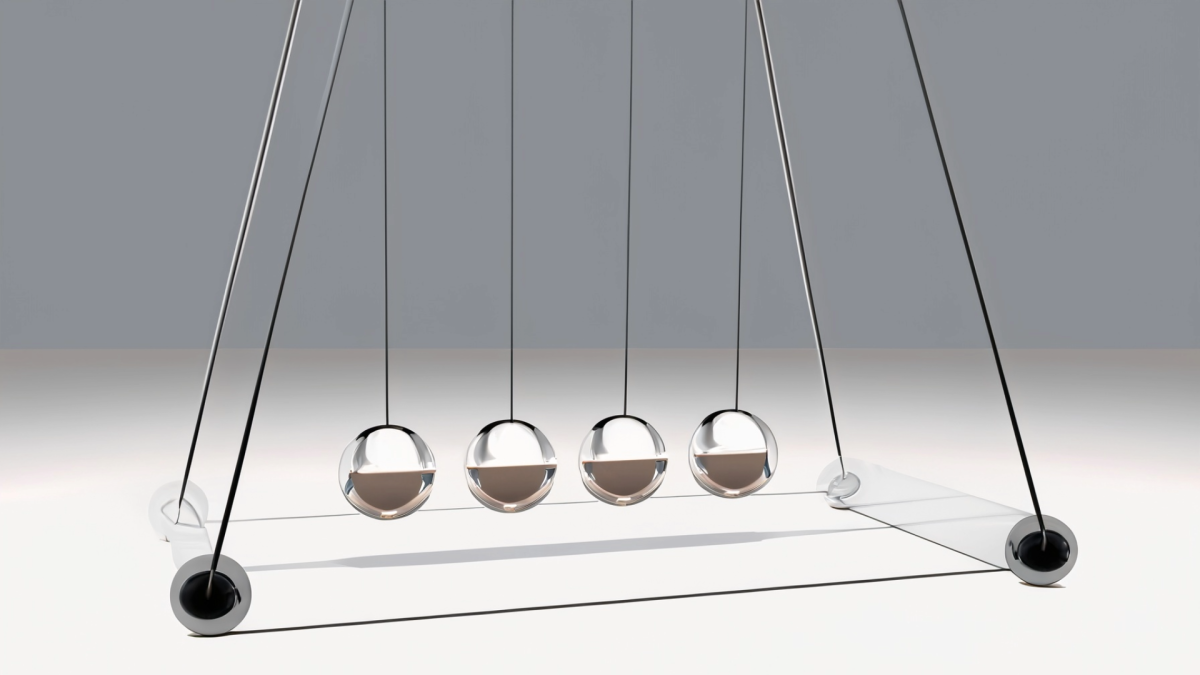
Grades:
7th Grade
In this lesson students will be exploring the ball drop phenomenon in order to gain an understanding of Newton's second law of motion. Students will observe the phenomenon demonstration and then
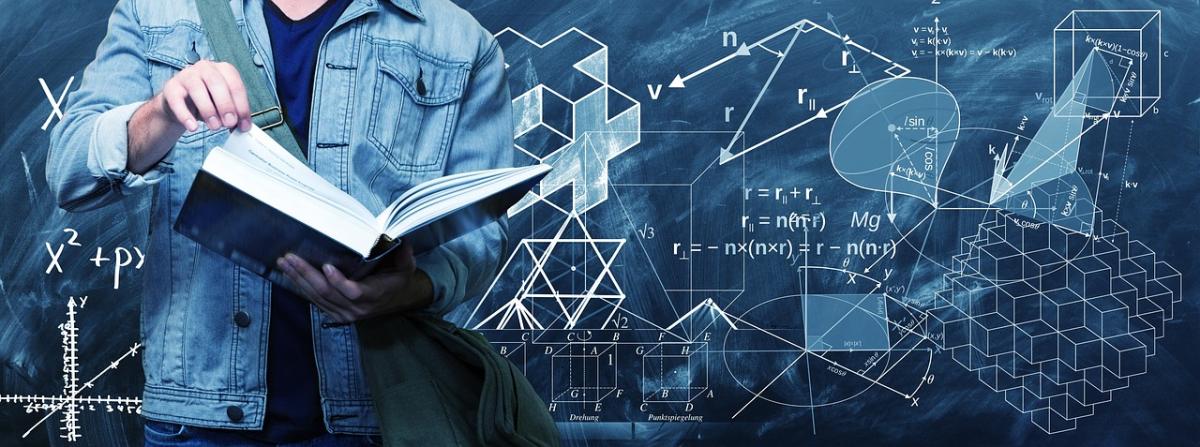
Grades:
5th Grade, 6th Grade
Students build a Tetrahedral kite while learning about problem solving, patience and diligence to finish a task. They will also be able to explain lift and force and apply the steps of the engineering
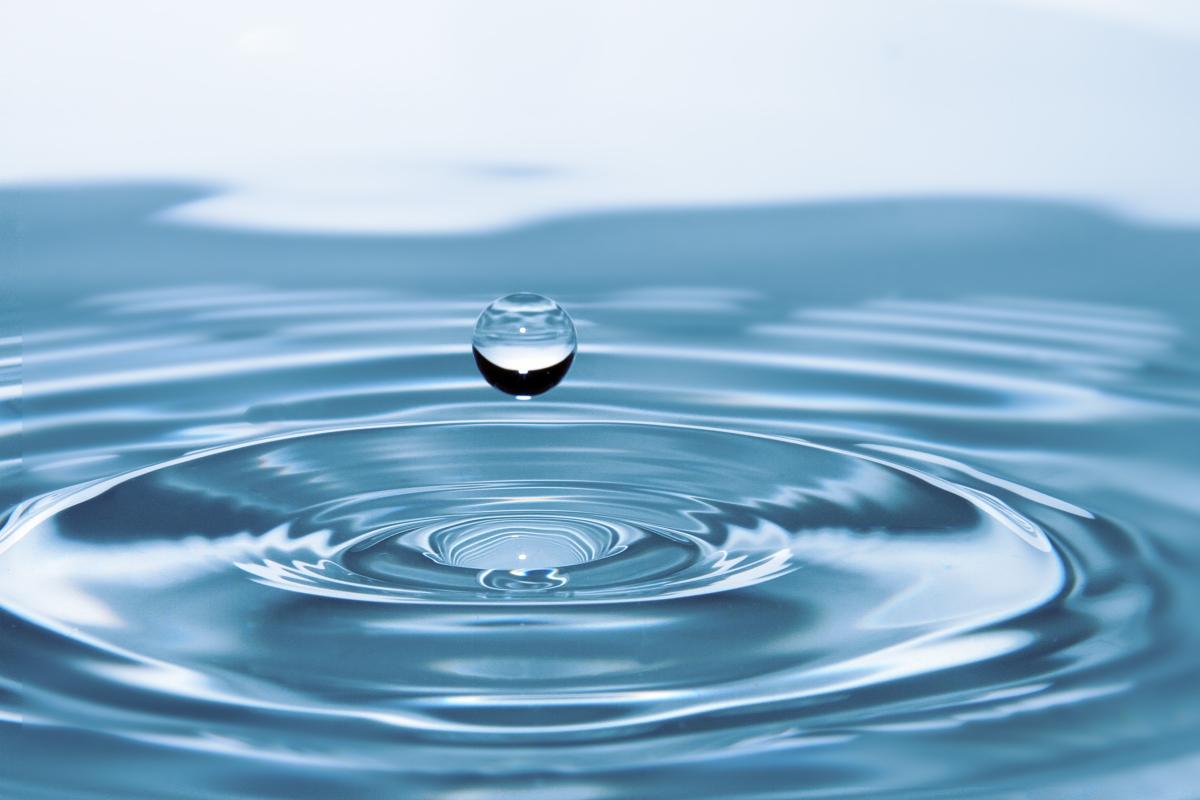
Grades:
7th Grade
In the lesson on upcycling empty water bottles, students will embark on an innovative and eco-friendly exploration of creative reuse, incorporating science, technology, engineering, and math (STEM)

Grades:
7th Grade
In the STEM Pine Cone Decoration lesson, students will embark on a creative and hands-on exploration of nature-inspired crafting, integrating science, technology, engineering, and math (STEM) concepts
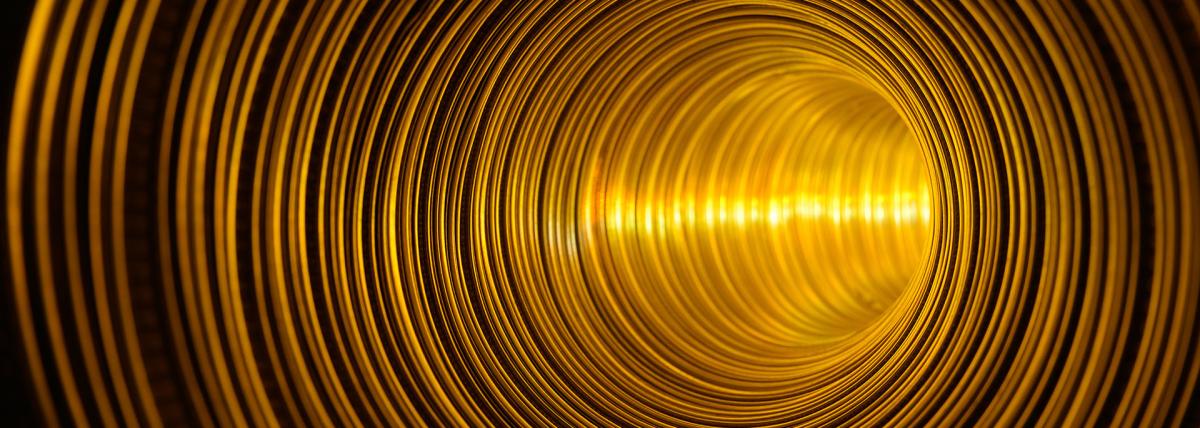
Grades:
8th Grade
This lesson covers three types of mechanical wave interactions- reflection, absorption, transmission. Students observe the interaction in a video or example, talk about what is happening as a class

Grades:
6th Grade
Students will research and use math calculations to set up a classroom worm compost bin to compare to a classroom non-worm compost bin to be utilized for observation throughout the school year for

Grades:
5th Grade
This lesson uses magnets, playing cards, metal washers, and a PhET simulation to model the effects of mass and distance as acting forces on objects in our solar system.
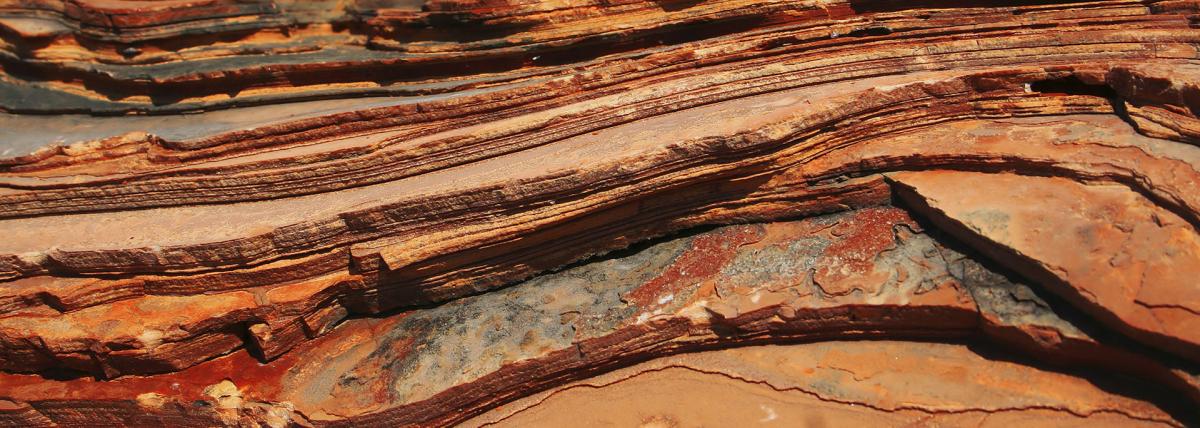
Grades:
8th Grade, 9th Grade
In this lesson, students will embark on an investigative journey to explore the geological history of their local community. Through hands-on activities and research, students will analyze rock layers
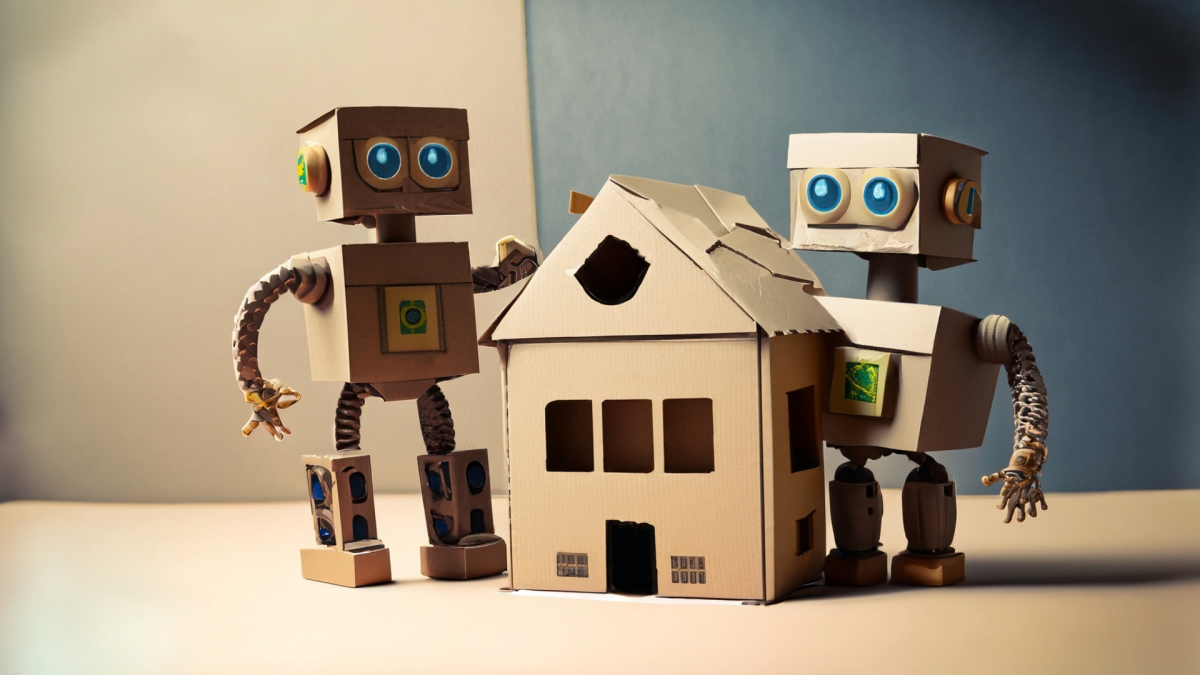
Grades:
3rd Grade, 4th Grade, 5th Grade, 6th Grade, 7th Grade, 8th Grade
This lesson is intended to expose students to information about environmental changes and how solar energy affects living things. Students are challenged to design and build a shelter for a dog to

Grades:
9th Grade, 10th Grade
Students use Play-Doh to model deposition of rock layers and then folding and faulting. This is to help students understand relative ages of rock layers and introduces the ideas of the laws of

Grades:
9th Grade, 10th Grade, 11th Grade, 12th Grade
Lesson 4 culminates the series on electricity with the Electric House Project, where students apply their knowledge to design, construct, and wire a model house that meets specific electrical

Grades:
9th Grade, 10th Grade, 11th Grade, 12th Grade
Lesson 3 in this series focuses on hands-on engagement with electrical circuits using the EUDAX Physics Science Lab Learning Circuit Kit. Students will construct both simple and complex circuits
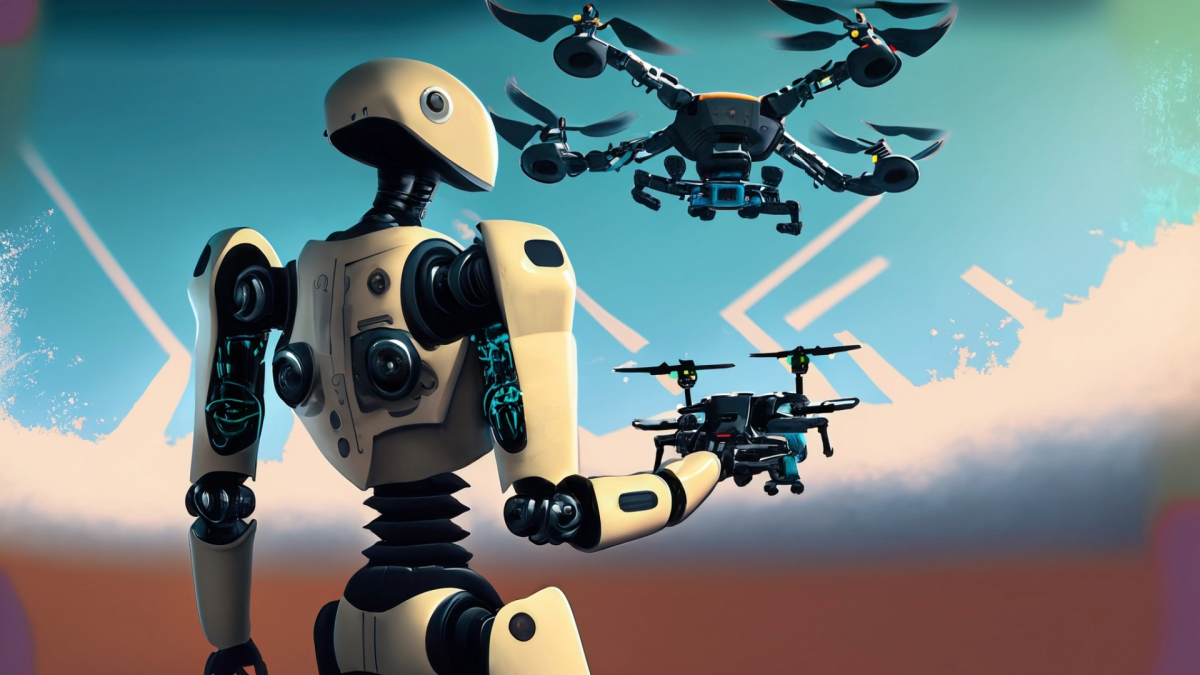
Grades:
7th Grade, 8th Grade, 9th Grade, 10th Grade, 11th Grade, 12th Grade
In this lesson the students will develop the code they previously planned out and will deploy their code to the drone. They will continue the process of reflection and iterative improvement. This is

Grades:
7th Grade, 8th Grade, 9th Grade, 10th Grade, 11th Grade, 12th Grade
In this lesson students will collect data on the performance of their drone. Students will design a systematic process of data collection that will then lead to the development of a predictive model

Grades:
7th Grade, 8th Grade, 9th Grade, 10th Grade, 11th Grade, 12th Grade
This is a lesson where students will learn about the sensors that are integrated into their drones and how students can get a live feed of information from these sensors to aid in autonomous decision

Grades:
7th Grade, 8th Grade, 9th Grade, 10th Grade, 11th Grade, 12th Grade
In this lesson students will think back on all of the coding skills they have learned and will plan out their code to fly their drone through their maze based on sensor feedback. It is important that
